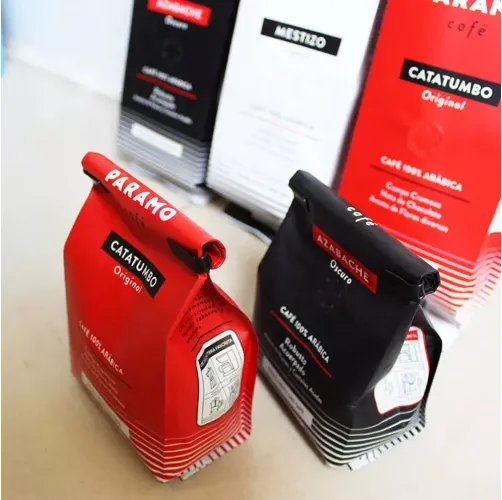- Afrikaans
- Albanian
- Amharic
- Arabic
- Armenian
- Azerbaijani
- Basque
- Belarusian
- Bengali
- Bosnian
- Bulgarian
- Catalan
- Cebuano
- chinese_simplified
- chinese_traditional
- Corsican
- Croatian
- Czech
- Danish
- Dutch
- English
- Esperanto
- Estonian
- Finnish
- French
- Frisian
- Galician
- Georgian
- German
- Greek
- Gujarati
- haitian_creole
- hausa
- hawaiian
- Hebrew
- Hindi
- Miao
- Hungarian
- Icelandic
- igbo
- Indonesian
- irish
- Italian
- Japanese
- Javanese
- Kannada
- kazakh
- Khmer
- Rwandese
- Korean
- Kurdish
- Kyrgyz
- Lao
- Latin
- Latvian
- Lithuanian
- Luxembourgish
- Macedonian
- Malgashi
- Malay
- Malayalam
- Maltese
- Maori
- Marathi
- Mongolian
- Myanmar
- Nepali
- Norwegian
- Norwegian
- Occitan
- Pashto
- Persian
- Polish
- Portuguese
- Punjabi
- Romanian
- Russian
- Samoan
- scottish-gaelic
- Serbian
- Sesotho
- Shona
- Sindhi
- Sinhala
- Slovak
- Slovenian
- Somali
- Spanish
- Sundanese
- Swahili
- Swedish
- Tagalog
- Tajik
- Tamil
- Tatar
- Telugu
- Thai
- Turkish
- Turkmen
- Ukrainian
- Urdu
- Uighur
- Uzbek
- Vietnamese
- Welsh
- Bantu
- Yiddish
- Yoruba
- Zulu
Understanding the Concept of Frustration Free Packaging and Its Benefits
Understanding Frustration-Free Packaging A Consumer's Guide
In today's fast-paced world, convenience and efficiency are paramount, and this is especially true when it comes to shopping. Consumers increasingly expect products to come in packaging that is not only protective but also user-friendly. Enter the concept of Frustration-Free Packaging (FFP), a revolutionary approach that aims to enhance the unboxing experience while minimizing environmental impact. This article will explore the meaning of frustration-free packaging, its benefits, and its implications for consumers and manufacturers alike.
What is Frustration-Free Packaging?
Frustration-Free Packaging is a standardized packaging concept introduced by Amazon in 2008. The goal was to create packaging that is easy to open and does not require excessive tools or force. Many consumers have experienced the annoyance of struggling with difficult-to-open plastic clamshells, excessive tape, or hard-to-handle packaging that can detract from the excitement of receiving a new product. FFP addresses these common frustrations by ensuring that products are readily accessible and that packaging can be opened without the need for scissors or knives.
In essence, frustration-free packaging emphasizes three key principles ease of access, minimal waste, and the ability to recycle. FFP packaging often features simpler designs, such as easy-to-open boxes, recyclable materials, and minimal use of hard plastics, thus allowing consumers to focus on the product rather than the packaging.
The Benefits of Frustration-Free Packaging
1. Enhanced Consumer Experience One of the most significant advantages of frustration-free packaging is the improved user experience. When customers receive a product that is packaged in an easy-to-open manner, they are likely to feel a sense of satisfaction and happiness. An enjoyable unboxing experience can enhance customer loyalty and encourage repeat purchases.
2. Environmental Impact Another critical aspect of frustration-free packaging is its environmental benefits. Traditional packaging often includes a plethora of materials that are difficult to recycle, contributing to landfill waste. In contrast, FFP aims to reduce packaging waste by utilizing materials that are easier to recycle or compost. This aligns with the growing consumer demand for sustainable products and practices.
frustration free packaging meaning

3. Cost-Effectiveness For businesses, frustration-free packaging can lead to cost savings in several ways. By reducing the amount of packaging material used and eliminating the need for excess shipping and handling, companies can save on production and delivery costs. Furthermore, less complicated packaging can reduce the chances of returns due to damage, as products are less likely to get broken during transit.
4. Safety Considerations Safety is another important factor that frustration-free packaging addresses. Children often can’t open complex packaging, leading to potential hazards. FFP minimizes such risks by creating straightforward packaging that is easier for adults to manage while ensuring that kids cannot access dangerous items easily.
Transitioning to Frustration-Free Packaging
As more businesses recognize the value of frustration-free packaging, the transition to this model requires careful planning and effort. Companies must consider various factors, including material sourcing, production methods, and consumer feedback. Collaboration with packaging suppliers and shipping companies can also play a vital role in developing effective FFP solutions.
One of the exciting developments in this field is that many companies are now exploring alternative materials, such as biodegradable plastics and recycled content. With growing innovations in eco-friendly packaging solutions, brands can enhance their sustainability credentials and attract conscientious consumers who prioritize environmental responsibility.
Conclusion
Frustration-free packaging is more than just a trend; it's a response to consumer demand for better, more environmentally friendly packaging solutions. By focusing on ease of use, reducing waste, and enhancing the overall shopping experience, FFP is transforming how products are packaged and presented to the market. As both consumers and manufacturers embrace this philosophy, the movement toward frustration-free packaging will likely continue to grow, paving the way for a more sustainable, efficient, and user-friendly future in retail.
In conclusion, the importance of frustration-free packaging reaches far beyond mere convenience. It is a reflection of changing consumer expectations and a step toward a more sustainable, efficient packaging ecosystem. As the e-commerce industry evolves, so too will packaging solutions, ensuring that all stakeholders benefit from innovations in product presentation and delivery.













